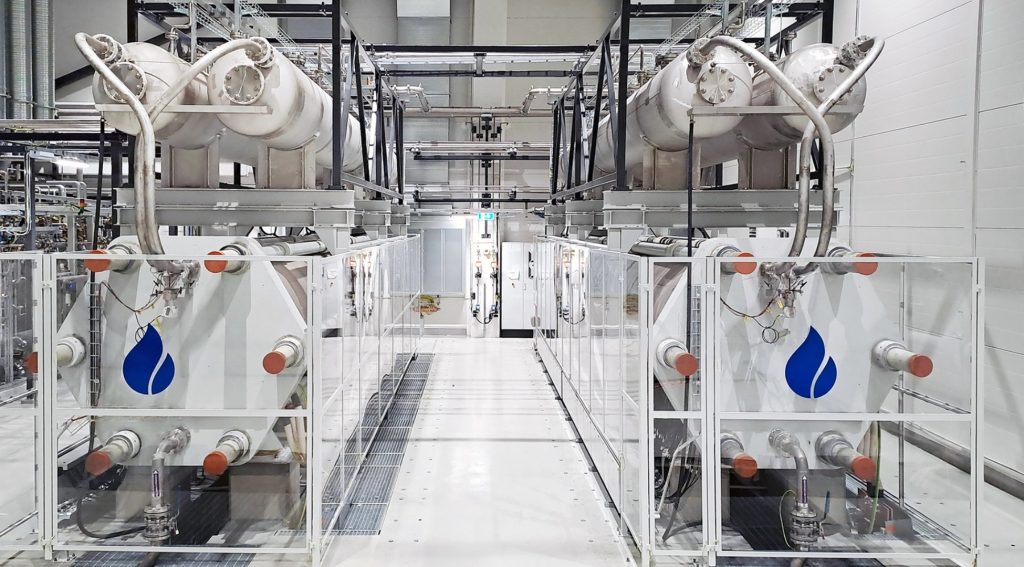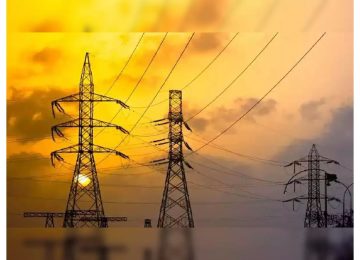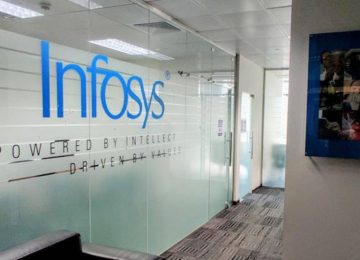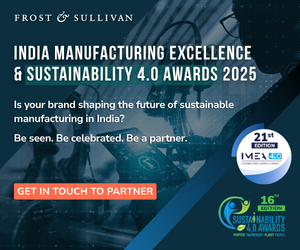The world’s largest solid-oxide electrolyzer (SOEC) ever integrated into an industrial environment has officially begun producing green hydrogen at Neste’s renewable fuels plant in Rotterdam.
This 2.6-megawatt (MW) demonstration, part of the EU- and French government-backed MultiPLHY project, marks a critical step toward replacing fossil-based hydrogen in high-emissions industries.
The system, manufactured by German firm Sunfire, operates at a high temperature of 850°C and leverages waste heat from the refinery to significantly boost efficiency. It can produce approximately 60 kilograms of renewable hydrogen per hour, which is used directly as a chemical feedstock in Neste’s refining processes.
Efficiency and cost breakthrough:
The high-temperature operation of the Sunfire electrolyzer allows it to achieve an impressive electrical efficiency of 84% (lower heating value), substantially higher than typical low-temperature electrolyzers, which are closer to 65%. This efficiency gain is crucial for lowering the cost of green hydrogen.
Pierre Olivier, Head of the Hydrogen Lab at Engie, a project partner, said, “High-temperature electrolysis has the potential to make renewable hydrogen more affordable while increasing the global energy efficiency of various industrial processes. The construction and commissioning achieved by Sunfire and Neste is a tremendous achievement and a big step in making green hydrogen competitive.”
Decarbonizing refinery operations:
The MultiPLHY project is a consortium effort involving Neste, Sunfire, CEA (French research agency), and Engie, and received funding from the EU’s Horizon research fund. Its success provides a scalable blueprint for integrating renewable hydrogen production directly into existing industrial infrastructure.
Jukka Kanerva, Senior Vice President, Renewable Refining, Neste, said, “The MultiPLHY project has given Neste valuable insights and experience in integrating industrial-scale renewable hydrogen production into our refinery. We remain committed to exploring different pathways to replace fossil-based hydrogen in our refining processes to reduce greenhouse gas emissions in our own operations.”
The operational milestone advances Europe’s clean hydrogen goals by demonstrating the technical readiness and superior efficiency of SOEC technology at an industrial scale, accelerating the decarbonization of hard-to-abate sectors.












